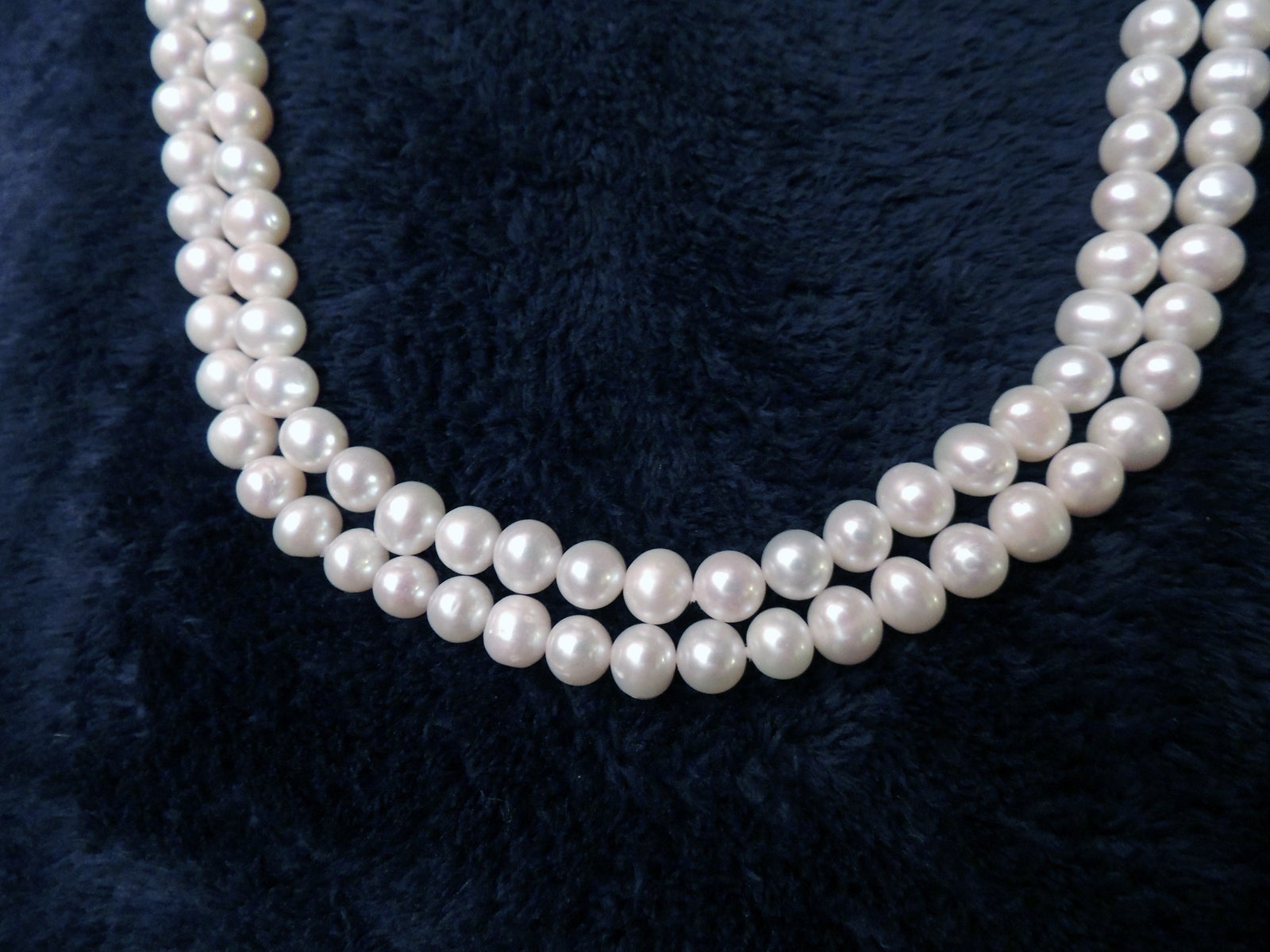Pearls are pretty grown-up things
Published 7:00 pm Friday, March 22, 2019

- Jerry Sampson is owner of J. Sampson Antiques, Books and Appraisals on Main Street in Harrodsburg. He has been an accredited senior appraiser (ASA) in the American Society of Appraisers since 2009. To request an appraisal, send clear digital photos, detailed descriptions, measurements and condition to jsampsonantiques@bellsouth.net. Only one item per person. Items will be selected on an individual basis and may or may not appear in print. No coins, money, stamps, weapons or sports memorabilia will be considered. No emailed photos or information will be kept. Information discussed in Personal Effects is not intended to be a substitute for an in-person appraisal of an item. Exact valuing can come only from actual viewing. Jerry Sampson, J. Sampson Antiques, Books and Appraisals, The Advocate-Messenger and its staff cannot be held responsible for misinformation or incorrect estimates. These featured appraisals are intended for entertainment purposes only and are not valid for insurance coverage or estate settlement.
By JERRY SAMPSON
Personal Effects
Question: Hi Jerry, Got a few questions for you. Our two girls are being confirmed in our church this Easter. One girl is 12 and her sister is 10. I wanted to give them a special gift from their daddy. I’d like to give them a string of pearls. But I don’t know what to buy, what size and I see there are different colors too. My wife has her mother’s string of pearls from Japan when her dad was stationed there during World War II.
We’ve been thinking that we could take this necklace and have two made from it. Is this something you would recommend? What about seed pearls? We’ve seen them on vacation and they seem to be cheap. Thanks for your help, we know that you’ll tell us what to do.
Answer: Let’s briefly, I mean briefly, talk about what pearls are.
A pearl is formed when a bivalve is impacted with a piece of irritant, like a grain of sand or shell. In other words, it’s something hard that’s stuck in the soft part of is mouth. It hurts and the oyster or clam secretes a substance around it. This is called nacre, it rhymes with maker, and after years it covers it with layer upon layer of this hard shell. This can take decades or longer.
These pearls are called Oriental. This is the real deal. Pearls like these, hundreds of years ago, were the property of kings and queens and cost fortunes, they still do today. You can forget these. IF you could find them, they would cost more than your house.
The second type of pearl is the cultured pearl. Instead of a grain of sand, a small round mother of pearl bead is inserted and the oyster takes over from there, this time, taking a couple of years or longer.
The third type is the freshwater cultured pearl. This involves freshwater mussels and grafting “donor” freshwater mussel tissue inside a host mussel. The process is faster than bead culturing but the results are not as high quality. Though some lovely examples are created, I’d steer away from the “rice krispie” freshwater pearls. They are usually very inexpensive and poor quality. That is a quick explanation of what pearls are.
There are many things that affect the value of a pearl: size or millimeter, shape, color, over or undertones, thickness of the nacre, surface condition and the length of the necklace. Unless you handle and look at them a lot, you’re better off paying for what you get. However, there are good deals to be made out there at antiques shows and estate sales.
OK, let me understand this. You want to take a string of pearls and have them made into two other necklaces? To quote Vivian Ward, from the movie Pretty Woman, “Big mistake, big, HUGE.”
I cannot recommend this at all. I don’t know the length of your necklace, but if this is done, it will always be a necklace for a child. And that doesn’t even take into consideration if your pearls are graduated in size and who the maker is. Not knowing these things could lead to disaster. Besides, cutting one necklace, stringing for two necklaces and two nice clasps will cost a couple hundred dollars.
I’m just going to say it. I don’t think that pearls are for little girls. Pearls are pretty grown-up things.
If you want to do a gift of pearls, I recommend that you spend a little money and wait until a 16th or 18th birthday, or for a graduation. However, if you have your heart set on pearls for this occasion, I’d opt for a gold locket with a pearl or pearl earrings, if your girls have pierced ears. If you have to have a necklace, go to a local jeweler and find a pretty freshwater pearl necklace. Select one in a small millimeter. Again, this is not the time for big pearls. I’d pick something in white or pinkish in tone. Any other colors are just too sophisticated for children. Let your wife wear the heirloom necklace for now, and leave it to the oldest girl or the one who appreciates it the most. Thanks for a great question.





